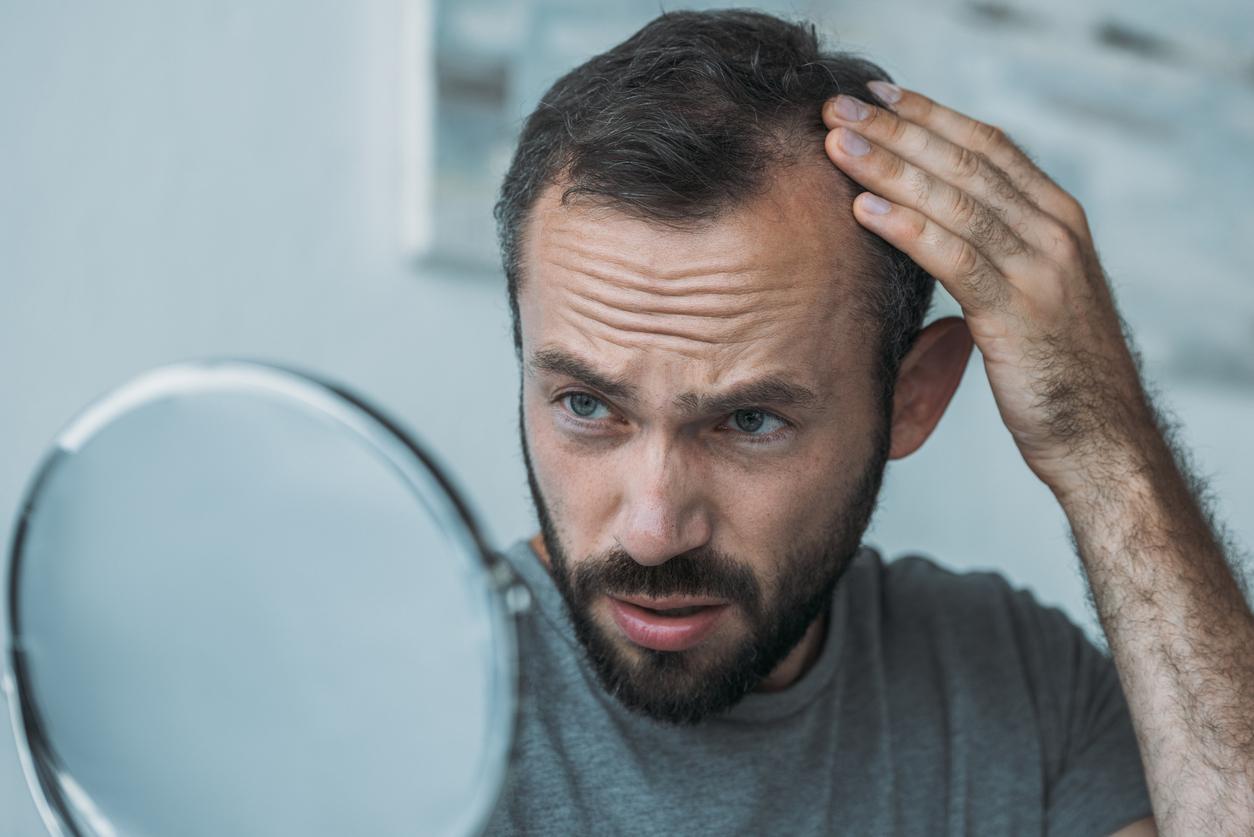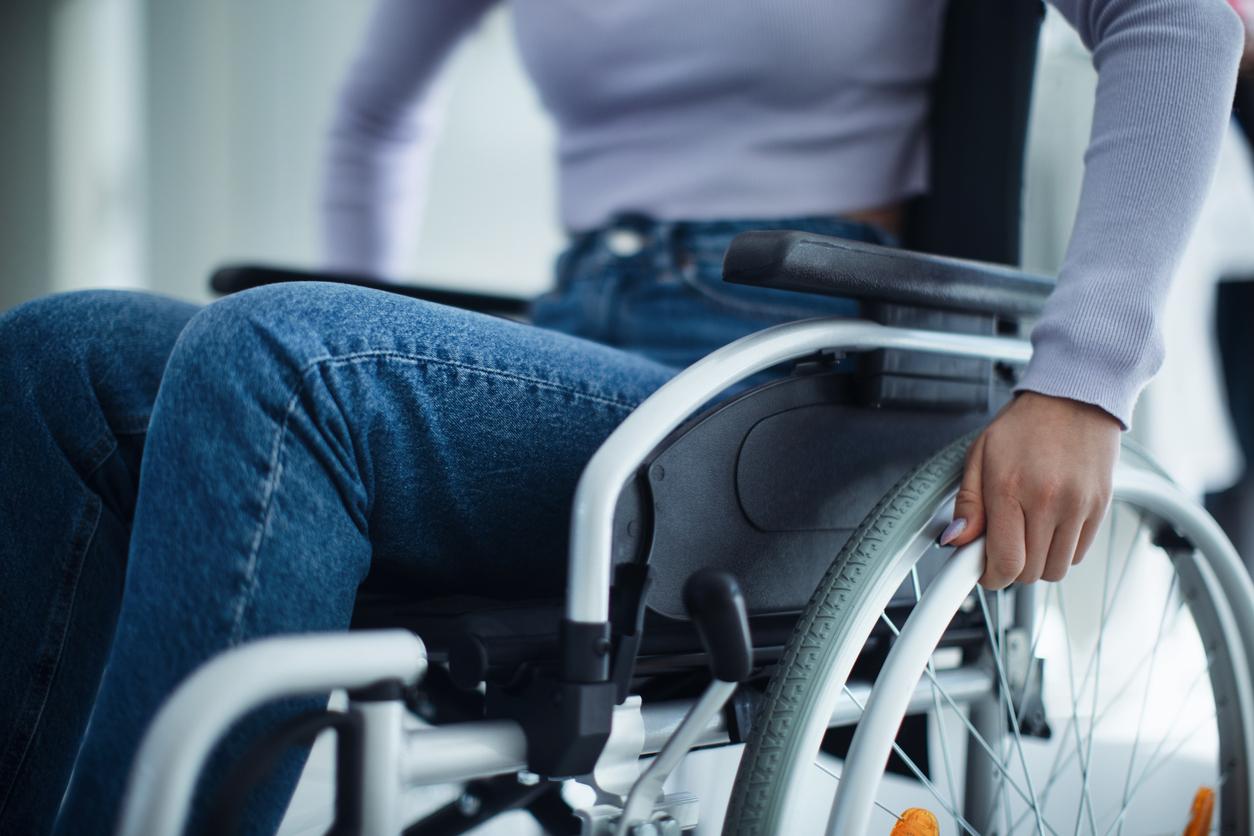MAINTENANCE. In ten years, France has managed to catch up in the field of cell therapy and to carry out the world’s first transplant of cardiac stem cells.

When cell therapy researchers look back 10 years, they can only see the giant leap that France has made. However, the challenge was sizeable and far from won. To fight on equal terms against its American or British neighbors, France had to review its legislation and authorize research on embryonic stem cells. It was in 2005.
Today, the time for the first clinical trials in humans has arrived. And if France initially seemed to be off to a bad start, in October 2014 it achieved a world first: the implantation of cardiac stem cells in a 68-year-old woman suffering from severe heart failure.
Prof. Philippe Menasché, at the head of the first French team to attempt the adventure of cell therapy, looks back on his phase I clinical trial and the future of this field of research.
What does this cell therapy consist of?
Prof. Philippe Menasché: It is a treatment intended for patients with severe heart failure. The principle is to try to recolonize an infarct area by implanting cardiac cells from human embryonic stem cells. These cells are pluripotent, that is, they have the capacity to give rise to all cell types.
In our case, they have been specialized in heart cells. Then we incorporated them into a patch – the equivalent of a bandage – that is placed on the infarct area. For ethical reasons, it is out of the question to operate on a patient with a beating heart only to implant this patch. We therefore perform a bypass in addition to the transplant.

What are the objectives of this essay?
Prof. Philippe Menasché: This is the first time that this treatment has been used in humans. With the hindsight of a year, we can say that the safety objective has been achieved. There were no complications, no arrhythmias, no tumors. It is always the fear that one can have with cells which at the beginning were pluripotent and which could start to proliferate in an uncontrolled way.
The other main goal of this trial was feasibility. The answer is yes, so we have already taken a step. Then from the point of view of efficiency, there is a very clear improvement in his heart function and contractility in the area where I implanted the patch. However, I think it would be both absurd and dishonest to say that this wall is moving again thanks to the patch of heart cells since we are performing a bypass. You have to be careful, but it’s a step and you have to start there.
Philippe Menasché, cardiac surgeon at the Georges Pompidou European Hospital: “ This is the reason why you always find me very reserved about the interpretation of effectiveness. First because I think it’s totally absurd to draw conclusions about the effectiveness of a single observation and secondly because there is this confounding factor. “
Where is cell therapy today in France?
Philippe Menasché: Several programs are under development. One of them deals with pathologies of the retina. It is jointly carried out by the Institut de la vision, I-stem and the Saint-Louis cell therapy laboratory. Another program focuses on the treatment of skin ulcers in sickle cell disease.
France is catching up. How did we do it?
Philippe Menasché: This is the consequence of a university hospital model which is very specific to France. and we have to admit it, a certain number of our colleagues envy us. It is based on the close interweaving between the clinical field and that of research. This close interaction is illustrated by the relationships that exist between the Assistance Publique des Hôpitaux de Paris (AP-HP), Inserm and the university. It’s an energizing system that has largely enabled us to catch up on the backlog that we had accumulated.
What about the future?
Philippe Menasché: We still have to work a lot, understand, analyze the results and think about how to improve them. Our clinical trial is a step on a road that is still long and I don’t know where it will lead us. At the end of the day, I believe cell therapy will be just one option and not a panacea. It will not be a miracle treatment, but if it is a treatment that can improve the quality of life of patients then we will not have totally wasted our time.
.















